Germans Love White Asparagus And Austrians Love Chanterelles
Deutschland (and Austria) über us.

Once upon a time there was — Es war einmal, as the Germans begin their benign and uplifting fairy tales — a German couple who lived in Italy, where the olive oil flowed like wine, and the wine flowed like water. An American friend of the German couple in Italy came to stay, expecting — not unreasonably, I think — several days of tomato-based, pasta-drenched gastronomic hedonism. What happened instead was that the German husband bid his wife and their guest Auf Wiedersehen, and promptly took off for the fatherland on his motorbike — a twenty-hour round-trip — in order to procure several kilos of highly sought-after contraband, without which their meals simply would not do.
What comestible’s presence could be so crucial, so non-negotiably imperative, that they sent a man whose culture is otherwise known for its logic, reason and efficacy on a sleepless, crazy-eyed sojourn across the Continent? Truffles, perhaps, freshly unearthed thanks to a specially trained porcine detective? Foie gras? One of those terrifying-sounding banned cheeses with the maggots that supposedly make them taste “better”? Ha ha ha no, those expensive, bizarre edibles are French (and Sardinian, in the case of the maggot cheese).
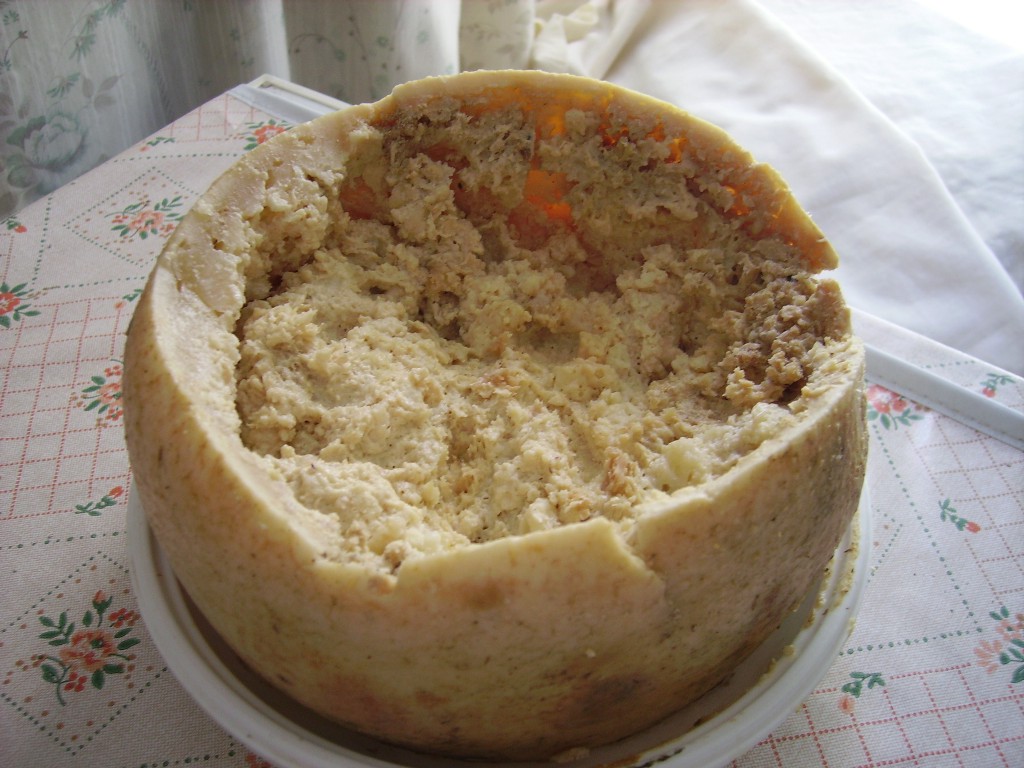
Was it, then, some highly perishable blood and liver sausages, their besmirched reputation on the mend? Or perhaps a trough of Spätzele, Germany’s hearty (and heartburn-inducing) version of pasta? Nein. It was a bunch of damned white asparagus. White asparagus, or Spargel, is in season for the next three months and the next three months ONLY, you see, and when short-seasonal produce is in season, the German-speaking lands of Europe are Santa Cruz circa 1982 and the produce is the Grateful Dead.

In Austria, for example — a place that is its own country and not, as many otherwise-intelligent people I know sometimes assume, a part of Germany — most culinary decisions revolve around chanterelle season, or Eierschwammerlzeit (EYE-ur-SHWAR-mul-TSITE, literally “egg-mushroom time”), which occurs in late summer and early fall. Austrians so adore the rather labial mushrooms (FORESHADOWING) that they refuse, even, to allow them to share the base, plebeian term for their brethren: All lesser edible mushrooms are simply fungi, or Pilzen, which is also the term for “yeast infection,” so.
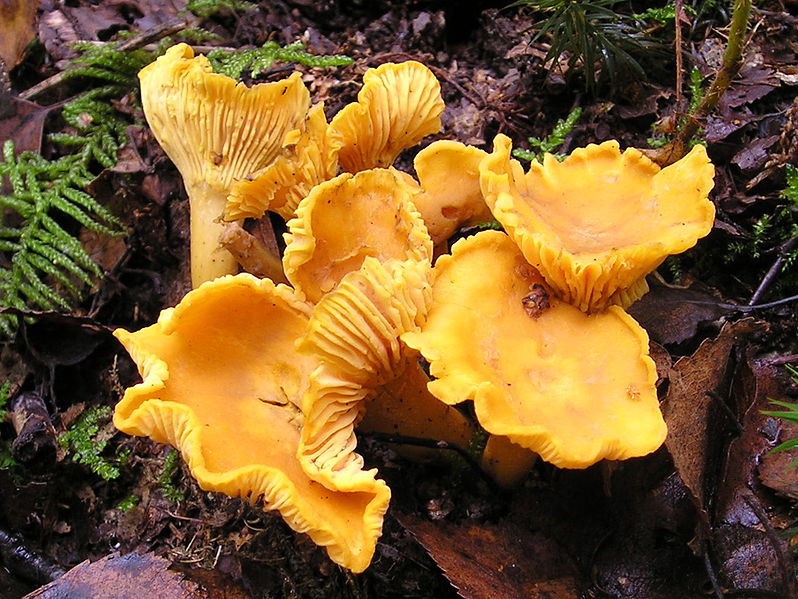
When the season’s in, chanterelles find their way into every Austrian dish but dessert: soup, goulash, schnitzel, sauce, risotto, strudel (mit Dip!), “pockets,” stuffed peppers, fritters, dumplings. Even the wryest, grumpiest Austrian (being wry and grumpy is Austria’s national pastime) will visibly salivate at the onset of Eierschwammerlzeit, and lovingly explain to anyone who will listen that these delicate parasites are so fragile that instead of simply cleaning them, one must, as my friend Björn once explained, “polish” them.
The Danubian fervor over chanterelles, however, is understated compared to how Austrians’ neighbors in “the Federal Republic,” as they call it (usually with wry grumpiness), feel about the very short season of that goddamned Spargel which can, apparently, be prepared at the very least 4100 different ways.
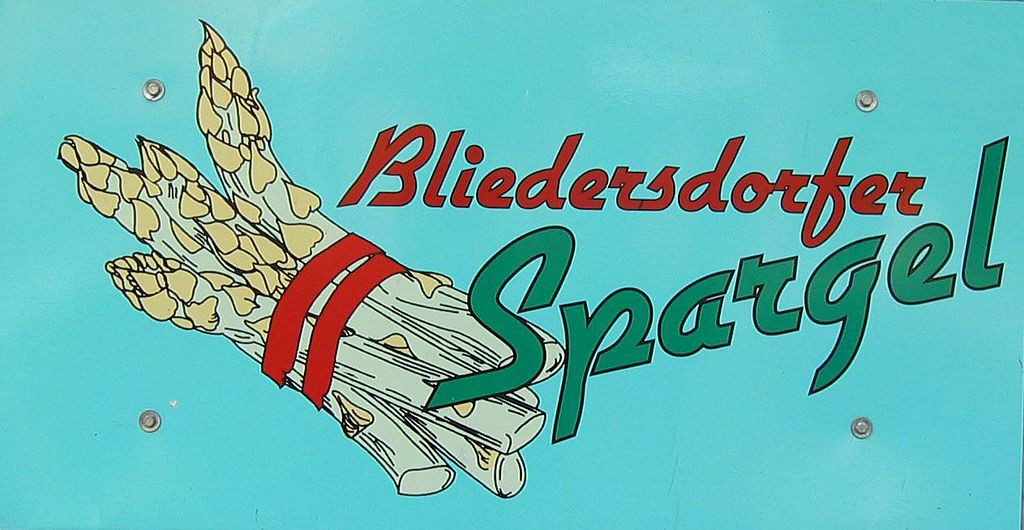
Listen. I’ve shoved down plenty a stalk in my time in Germany, and it’s pretty good. It’s tender. It’s juicy and “toothy,” or whatever food people say to describe something that is, indeed, pretty good. Spargel makes a lovely soup, a sprightly side, and even 22 different kinds of crepe. I repeat: I like white asparagus fine. But I like it fine in the way I like, say, the weather in New York City on March 15, or washing my hair with the same shampoo for the seventieth time in a row. I’d rather eat white asparagus than any number of foods, but, and I say this with the greatest deference to the otherwise-superior tastes of the people who invented chocolate for children: I don’t see what the big deal is.
Oh, but try saying that to any German during Spargelzeit — a season so fervently observed that it even has its own official “end day,” the 24th of June, or Johannistag, which is one of the innumerable midsummer Christian holidays that shut the whole country down, like Mariä-Himmelfahrt and Pfingsten, that I never know exist until I try to go to the bank or run out of tampons.
“What’s the deal with Spargel?” I ask. “Why does everyone like it so much?” “Because it’s Spargel,” they say. “It’s Spargel.” “That’s a tautology!” I say, helpfully. “Tautologies don’t have any linguistic content! You’re not saying anything!” I insist. “Did Wittgenstein teach you nothing?” “Wittgenstein was Austrian,” they say. “And it’s Spargel.” God dammit.
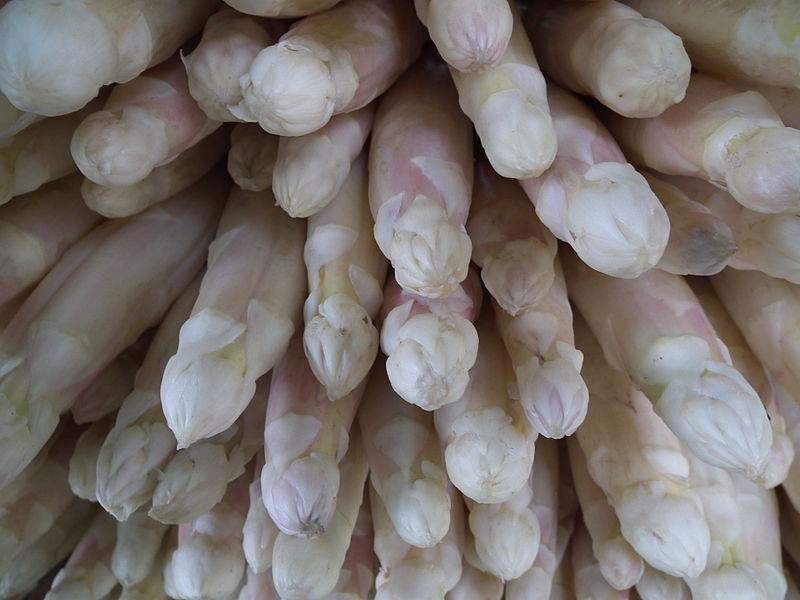
At least white asparagus is pretty good, though. I will certainly eat it happily whenever it’s offered, even order it on purpose. The same cannot be said for another vegetable that has an incomprehensible following in Germany — literally the only vegetable that I, who for thirty years was a dedicated and avowed vegetarian, despise.
I’m talking about der Kohlrabi (coal-ROBbie), which literally translates to “cabbage turnip,” I am assuming because it possesses all of the negative qualities of both of those otherwise-benign edible plants.

Like the cabbage (which Germans also famously love), the kohlrabi has multiple layers of leaf-like fibers. But where the cabbage is tender, the kohlrabi is tough like the hides of aged Germans who sunbathe in the buff. And like the turnip after which it’s named, the kohlrabi is also fat and round, but where the turnip is solid and sweet and roasts nicely, the kohlrabi is bitter and angry and tastes of damp winter and disappointment.
Perhaps Germans like the kohlrabi because, being obsessed with moderation, reason, personal restraint and balance, they need to indulge their bitter, dark winters with an appropriate vegetable, one that offers worthy foil to the Spargel, the undeniably dildonic herald of the warmer months. (FORESHADOWING FULFILLED! All short-seasonal produce over which German-speakers obsess resembles genitalia. THINK ABOUT IT.)
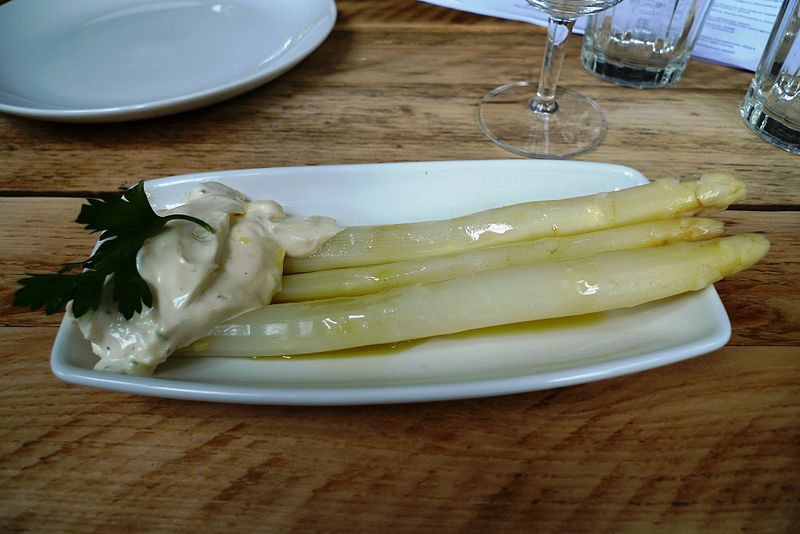
Anyway, a common German expression for how to get someone to do something is with both Zuckerbrot und Peitsche, (TSOO-kerr-broat oond PIE-schuh), literally “the treat and the whip,” which is what Germans say instead of “the carrot and the stick.” The kohlrabi, in this paradigm, is the stick, meant to balance out the luxury of the carrot, which in this case is asparagus (clearly). And if the primary use of the kohlrabi was to hit someone with it, I’d be down. As for eating it on purpose, even to contextualize the asparagus orgasm? I’d rather the business end of an actual whip.
The specific onset of Spargelzeit depends, of course, on the warmth of the preceding winter and the onset of spring, but it’s more or less now. So if you’re headed to the Fatherland for spring break or something (like I said, not those kind of nude beaches, but whatever), you best get ready for Asparagus Time.
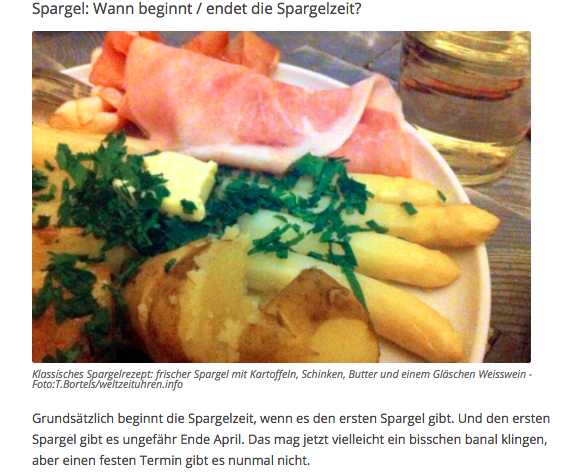
Oh, and in case you’re wondering, the man in the story and his asparagus lived happily ever after — or, as the German fairy tales say, tautologically (and thus nonsensically): “If he’s not dead, then he’s still alive today.” With, I am guessing, some odd-smelling urine.
